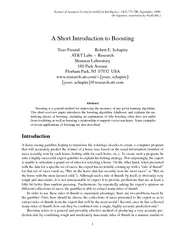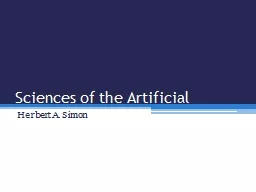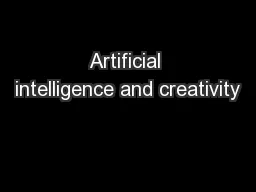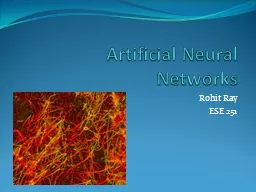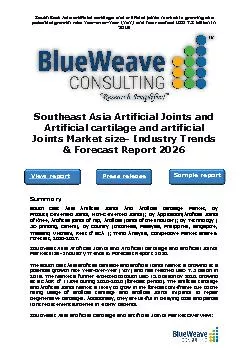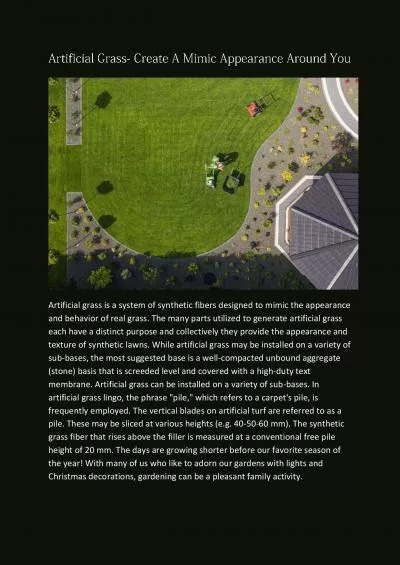PDF-Journal of Japanese Society for Artificial Intelligenc
Author : mitsue-stanley | Published Date : 2015-04-13
In Japanese translation by Naoki Abe A Short Introduction to Boosting Yoav Freund Robert E Schapire ATT Labs Research Shannon Laboratory 180 Park Avenue Florham
Presentation Embed Code
Download Presentation
Download Presentation The PPT/PDF document "Journal of Japanese Society for Artifici..." is the property of its rightful owner. Permission is granted to download and print the materials on this website for personal, non-commercial use only, and to display it on your personal computer provided you do not modify the materials and that you retain all copyright notices contained in the materials. By downloading content from our website, you accept the terms of this agreement.
Journal of Japanese Society for Artificial Intelligenc: Transcript
Download Rules Of Document
"Journal of Japanese Society for Artificial Intelligenc"The content belongs to its owner. You may download and print it for personal use, without modification, and keep all copyright notices. By downloading, you agree to these terms.
Related Documents

